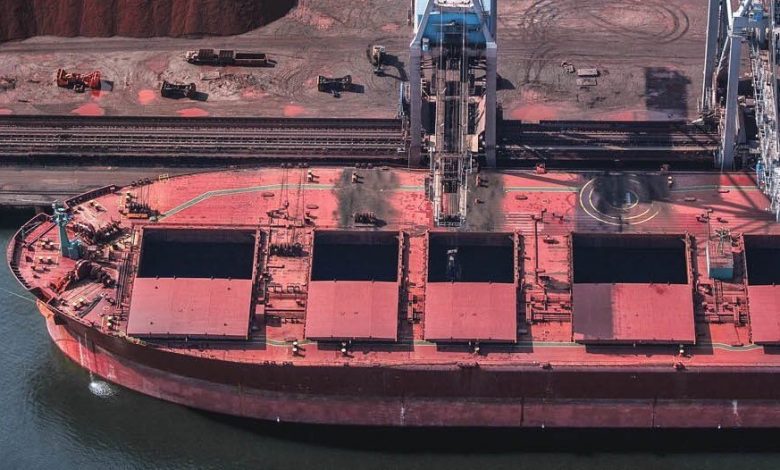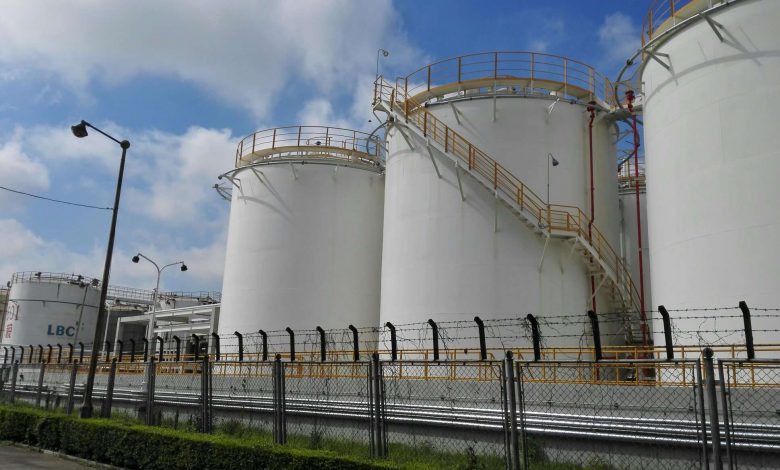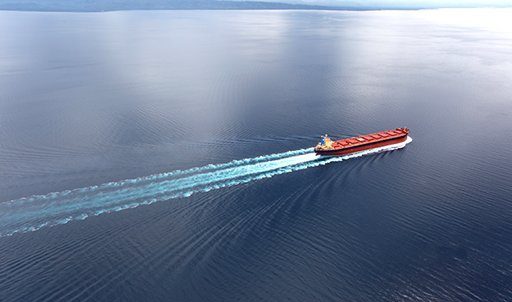Energy News Beat
ENB Pub note: Interesting from Bloomberg. Also, we need to look at how much oil California potentially still imports from Iran. The official list of imported oil in California is: “According to the California Energy Commission, in 2020 (the most recent detailed foreign source data available), the state imported approximately 60% of its crude oil, with major suppliers including Saudi Arabia (28.9%), Ecuador (22.3%), Iraq (15.9%), and Colombia (9.8%). Iran is not listed among these sources due to the sanctions.” However, there are records of ship-to-ship transfers that Iraq and Iran have helped. So, California being an energy importer from several sanctioned countries is not a good thing and is a massive point of hypocrisy. Importing 60% of a state’s oil is despicable. – just saying
Successive rounds of sanctions on companies and tankers said to be aiding Tehran are finally slowing the flow of Iranian oil to China, as costs rise and more traders are compelled to engage in risky efforts to circumvent US measures.
In recent weeks, shipments have been disrupted by a spate of seller defaults, according to executives at Chinese private refineries, the buyers of most of Tehran’s cargoes. While they said no specific reason was provided, they blamed logistical challenges and higher expenses snarling the supply chain.
Some Iranian tankers have been sanctioned en route to their destination, the executives said, adding to the disarray. They asked not to identified as the discussions are private.
Trade with China, by far its largest oil buyer, has long been a financial lifeline for Tehran, and one that Washington has increasingly been focused on severing. After the latest rounds of sanctions on tankers, owners, brokers and traders, the US blacklist now covers more than two-thirds of the approximately 150 vessels that handled the shipments of Iranian crude in 2024, according to data analytics firm Kpler.
China does not recognize unilateral sanctions and has repeatedly defended its right to trade with Iran. But the realities of the vast US financial system mean ports and shipping companies with links outside the mainland are reluctant to risk dealing with sanctioned entities and vessels, especially as US President Donald Trump promises tougher enforcement.
Earlier this year, Shandong Port Group — which serves a province that is a hub for private refiners — urged operators to reject blacklisted tankers.

The cost of working around Washington’s curbs is hefty and rising. The chartering rate for a non-sanctioned supertanker willing to move Iranian oil from Malaysia to China was pegged at between $5 million to $6 million earlier this month — a level that traders say is a record high and an increase of as much as 50% from last year.
The use of smaller tankers — less cost-effective than more typical large alternatives — has spiked, based on Kpler data. In February, a ship-to-ship oil transfer off Malaysia was conducted between an Iran oil-laden supertanker and three Aframax-size vessels, an unusually slow and expensive move.
Shipping analysts have also pointed to an increasingly limited number of available vessels, as the US blacklist grows in size. That’s a significant hurdle, given the trade leans heavily on transfers at sea and requires a large number of ships.
Middlemen and traders typically offer Iranian oil to buyers at a fixed differential to a global pricing benchmark, such as Brent futures. This price includes the cargo’s value as well as add-on costs of booking tankers — typically two or more are needed for this route — STS transfers, insurance and port fees.
Sudden spikes in any of these costs, or indeed the failure to secure vessels or delay, can erase traders’ profit and the deal’s viability. A higher price, meanwhile, reduces the attraction for China’s cost-sensitive buyers. Last week, offers for Iranian crude for China delivery were on the rise, with the discount on Iranian oil narrowing to $0.50 to $1 a barrel against Brent futures, traders said. That compares to a discount of $1 to $1.50 a week earlier
Big jumps in freight rates are a headache for sellers as the expense is tough to pass on, said Mia Geng, a Singapore-based oil analyst with FGE Group. “Faced with the prospect of shipment delays, Chinese buyers will be looking for deep discounts, which would eat into the profits of sellers and middlemen.”
But increased friction in the trade does not mean that China’s purchases from Iran will slow dramatically — much less cease.
The trade has been thriving since 2018 when US sanctions on Tehran were reinstated, and has proven to be adaptable. Last month, flows surged to a four-month high, partly due to a backlog of delayed cargoes from the prior month.
Sanctions are an imperfect tool, said Ja Ian Chong, associate professor of political science at the National University of Singapore.
“While they’re sometimes described as a way to seal off a certain trade or nation, the point is always to raise the cost of operating to an extent that it forces a change in behavior,” he said. “There will always be some leakage under any form of sanctions.”
In the waters off Malaysia, the most significant mustering point for the shadow fleet anywhere in the world and a hub for the Iranian crude trade, more ship-to-ship transfers have been happening entirely in the dark, meaning all transponders are turned off.
Up to seven transfers were observed on a single day last month, according to satellite images. Analysts said most of them were totally “dark”, indicating shippers are taking more precautions as Washington points to increased enforcement.
To date, tactics like these have been enough to muddy the origin of cargo, far from prying eyes. US President Donald Trump, though, has signaled he intends to apply “maximum pressure” on Iran. For that, Washington could tighten up the application of secondary sanctions on those dealing with Tehran, a move that would cool trade further, and could even attempt enforcement at sea.
A Reuters report last week, citing several US officials, said the Trump administration was considering a plan to stop and inspect Iranian oil tankers, a move that’s sure to deter or spook some operators and brokers in the China trade — even if it is unclear whether US forces and willing allies would have the capacity to carry this out.
Financial institutions working with private Chinese refiners who import Iranian oil may come under fresh scrutiny, or Washington could choose to pressure countries such as India and the United Arab Emirates, where key shipowners and dark fleet operators are based, according to Anoop Singh, Oil Brokerage Ltd.’s global head of shipping research.
So far, the US has aimed at ships and owners, and the market has created workarounds, said Singh. “However, there are more critical parts of the network to target, from banks to governments to flag states and insurers — and regulatory avenues to explore.”
— With assistance from Weilun Soon – Bloomberg
The post Sanctions Are Tangling, Not Stopping, China’s Iran Oil Trade appeared first on Energy News Beat.





















